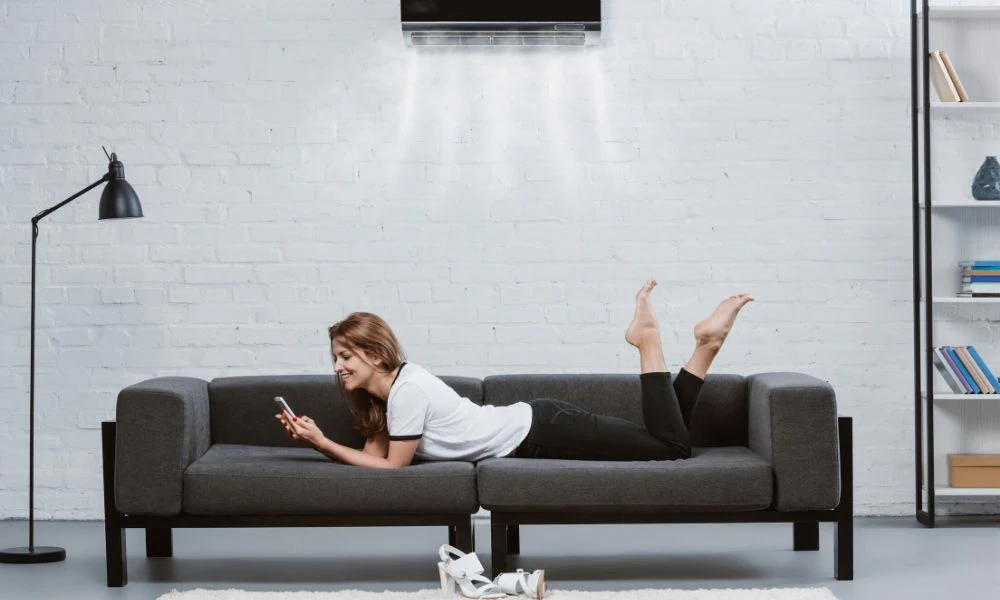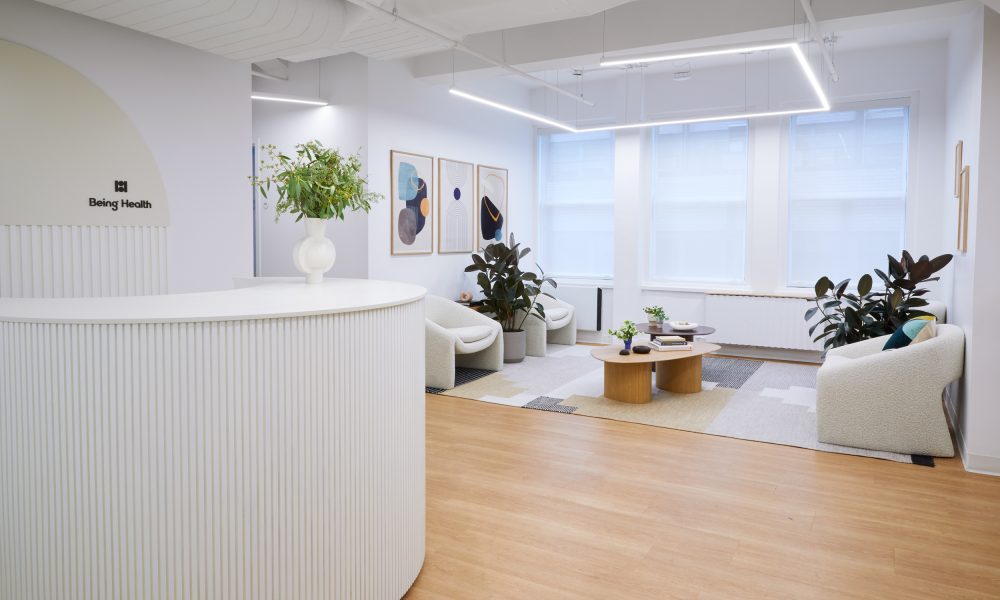With more time spent indoors in the U.S., where cozy living rooms often take center stage in our homes, it’s easy to forget how these spaces might harbor hidden health hazards. While designed for relaxation, living rooms can unintentionally become environments that affect air quality, physical well-being, and even mental health. Understanding these hidden dangers is the first step toward creating a safer, healthier home.
Here are five risks in your living room you might not have considered and practical steps to address them.
1. Poor Indoor Air Quality
The air inside your home can contain pollutants like dust, mold spores, and volatile organic compounds (VOCs) that are emitted by furniture, cleaning products, and paints. Over time, this degraded air quality can lead to respiratory problems, allergies, or asthma.
Solution:
- Ventilate daily by opening windows or using exhaust fans.
- Invest in air purifiers with HEPA filters to capture allergens and dust particles.
- Choose low-VOC or non-toxic paints and furniture, and avoid air fresheners laden with synthetic chemicals.
2. Hidden Mold in Soft Surfaces
Mold thrives in damp environments, and it can take hold in carpets, upholstery, or curtains if humidity levels are too high. Even if it’s not visible, mold can release spores that irritate the respiratory system, causing sneezing, congestion, or allergic reactions.
Solution:
- Use dehumidifiers and keep indoor humidity below 50 percent.
- Regularly vacuum upholstered furniture and carpets using a vacuum cleaner with a HEPA filter.
- Launder curtains and cushion covers frequently in hot water to kill mold spores.
3. Unstable or Non-Ergonomic Furniture
Your favorite sofa or recliner could be silently contributing to poor posture or back pain. Furniture that does not provide proper lumbar support or encourages slouching can lead to long-term discomfort and musculoskeletal strain. Similarly, placing items like throw rugs or low tables in walkways can increase the risk of tripping or falling.
Solution:
- Select chairs and couches with firm back support.
- Arrange furniture to create clear, unobstructed pathways. Consider non-slip pads under rugs to prevent accidents.
4. Exposure to Excessive Blue Light
With TVs, tablets, and smartphones often being used in the living room, exposure to blue light can disrupt sleep cycles and strain the eyes. Over time, this can lead to headaches, fatigue, and difficulty sleeping.
Solution:
- Establish screen-free hours in the evenings to limit exposure.
- Use blue light-blocking glasses or enable nighttime mode on devices.
- Opt for warmer, dimmable lighting in your living room to create a calming atmosphere at the end of the day.
5. Dust and Pet Dander Build-Up
Even homes that appear clean can harbor large amounts of dust and pet dander, which can trigger allergies or irritate respiratory conditions like asthma.
Solution:
- Dust surfaces weekly using microfiber cloths that trap particles instead of scattering them.
- Invest in washable slipcovers or furniture made from pet-friendly, easy-to-clean materials.
- Vacuum regularly (especially under furniture) and wash pet bedding to keep allergens at bay.
Conclusion
Your living room should be a haven for rest and relaxation, not a source of health concerns. By addressing these hidden risks, from improving air quality to ensuring ergonomic furniture and reducing dust build-up, you can transform your space into a healthier environment for you and your family. Start with small adjustments, and over time, your living room can become the safe, comfortable oasis it’s meant to be.




